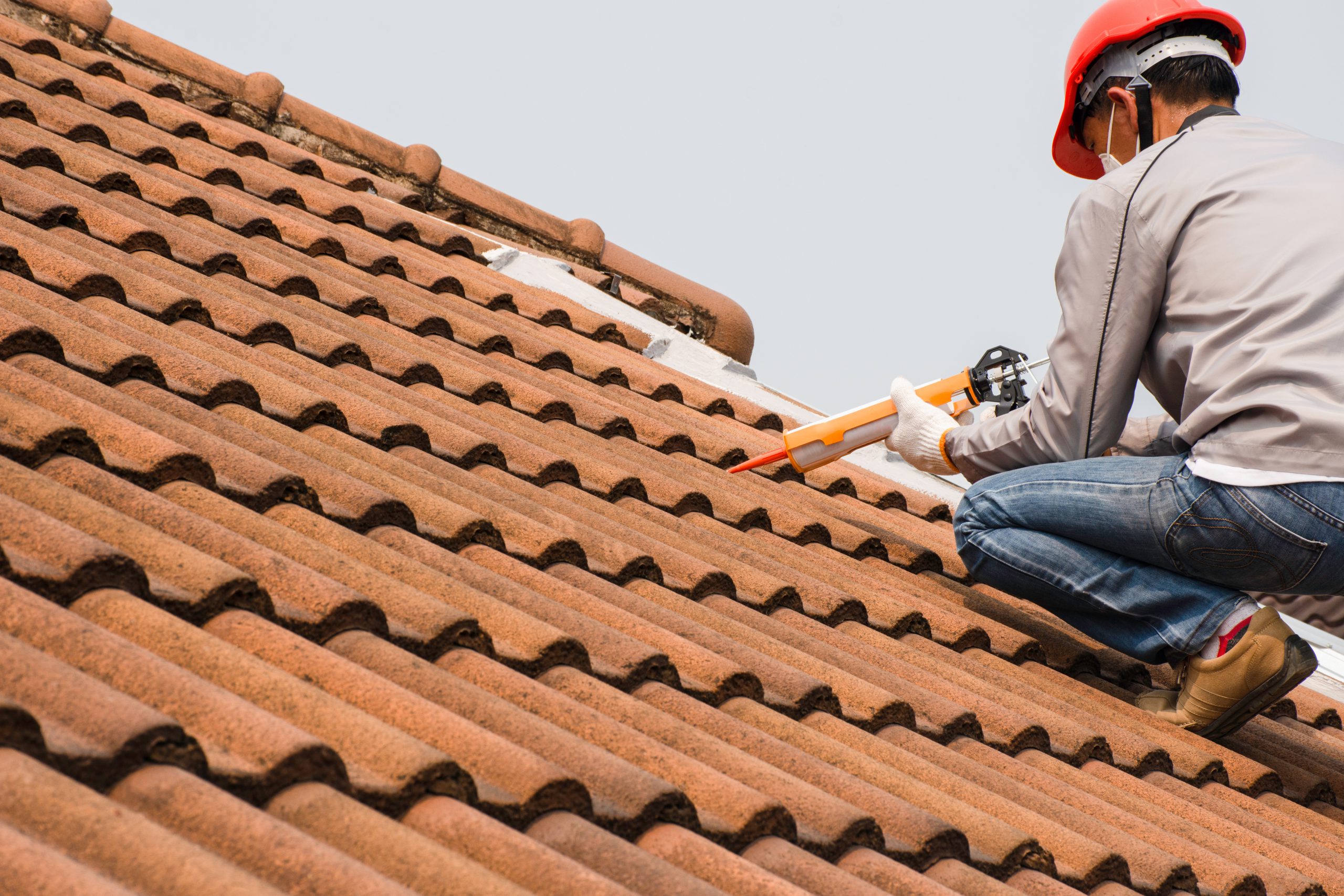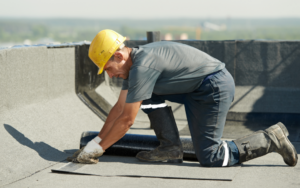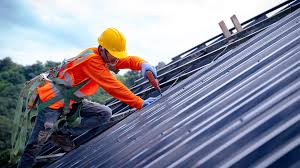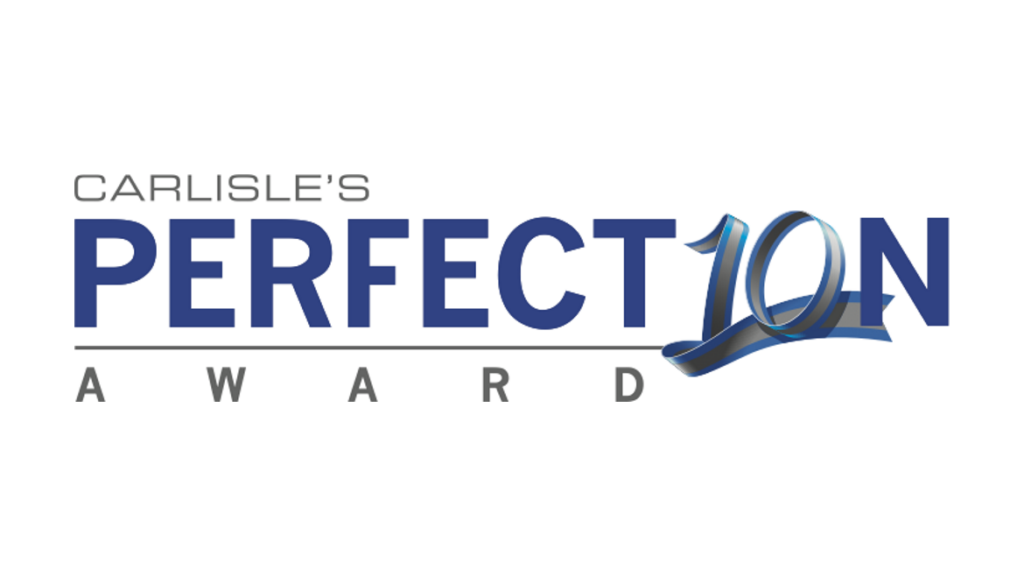When it comes to maintaining a commercial building, one of the most significant expenses is often the roof. Commercial roofs are a critical part of any structure, providing protection from the elements and contributing to the overall integrity and functionality of the building. However, the cost of installing or replacing a commercial roof can be substantial, leaving many business owners wondering why these projects are so expensive. Several factors contribute to the high costs associated with commercial roofing, ranging from materials and labor to regulatory requirements and maintenance needs.
The materials used in commercial roofing are typically more robust and durable than those used in residential roofing. Commercial roofs often have to cover larger surface areas and endure harsher conditions, necessitating the use of high-quality materials such as thermoplastic polyolefin (TPO), ethylene propylene diene monomer (EPDM), and polyvinyl chloride (PVC). These materials are designed to withstand extreme weather conditions, heavy foot traffic, and exposure to chemicals, which significantly increases their cost compared to traditional residential roofing materials like asphalt shingles.
Labor costs also play a significant role in the expense of commercial roofing. Installing a commercial roof is a complex process that requires specialized skills and knowledge. The larger surface area of commercial roofs means that more labor is required to complete the project. Additionally, the installation process often involves the use of heavy machinery and specialized equipment, which can further drive up labor costs. Skilled roofing professionals must ensure that the roof is installed correctly to meet safety standards and perform efficiently, adding to the overall expense.
Another factor contributing to the high cost of commercial roofs is the need for compliance with building codes and regulations. Commercial buildings are subject to stringent safety and performance standards, and roofing contractors must adhere to these regulations throughout the installation process. This often involves obtaining permits, undergoing inspections, and ensuring that the roof meets all local, state, and federal requirements. Compliance with these regulations not only adds to the cost of the project but also requires additional time and effort from the roofing contractor.
The design and complexity of commercial roofs can also affect the overall cost. Commercial buildings often feature unique architectural elements, such as multiple levels, skylights, and HVAC systems, which can complicate the roofing process. These features require careful planning and precise execution to ensure that the roof is both functional and aesthetically pleasing. The more complex the roof design, the higher the cost of installation and materials.
Maintenance and warranty considerations are other factors that can drive up the cost of commercial roofing. Given the significant investment involved in installing a commercial roof, building owners typically seek warranties that offer long-term protection and peace of mind. These warranties often come at a premium, adding to the initial cost of the roof. Additionally, regular maintenance is essential to extend the lifespan of a commercial roof and prevent costly repairs. Maintenance plans, which may include inspections, cleaning, and minor repairs, are an additional expense that building owners must consider.
The size of the commercial roof is a fundamental determinant of its cost. The larger the roof, the more materials and labor will be required. This is a straightforward but significant factor, as commercial buildings often have expansive roofs that dwarf those of residential properties. The sheer volume of materials needed for a large commercial roof can substantially increase the overall cost.
Energy efficiency is another consideration that can impact the cost of a commercial roof. Many building owners are opting for energy-efficient roofing systems that can help reduce energy consumption and lower utility bills. These systems often involve the use of reflective materials, insulation, and green roofing technologies, which can be more expensive to install but offer long-term savings and environmental benefits.
In conclusion, the high cost of commercial roofs can be attributed to a combination of factors, including the quality of materials, labor costs, regulatory compliance, design complexity, maintenance needs, and energy efficiency considerations. While the initial expense may be significant, investing in a high-quality commercial roof can provide long-term benefits in terms of durability, safety, and energy savings, making it a worthwhile investment for business owners.








